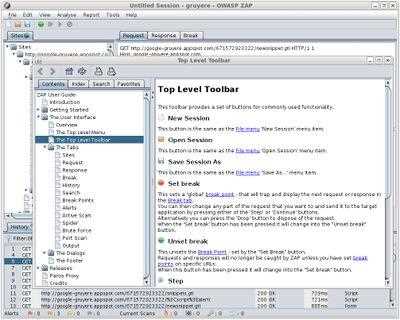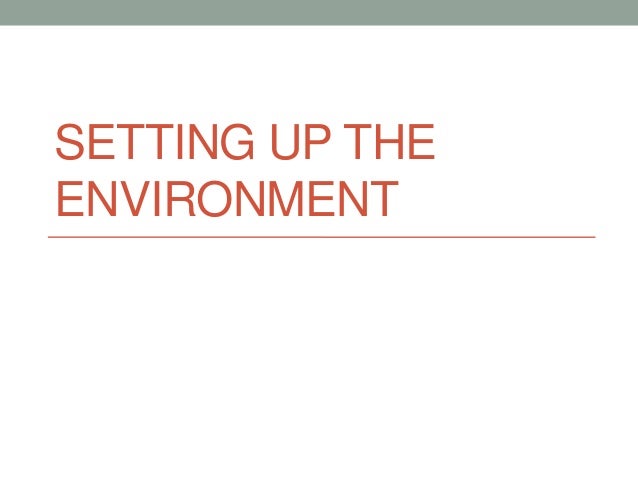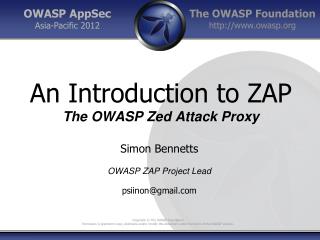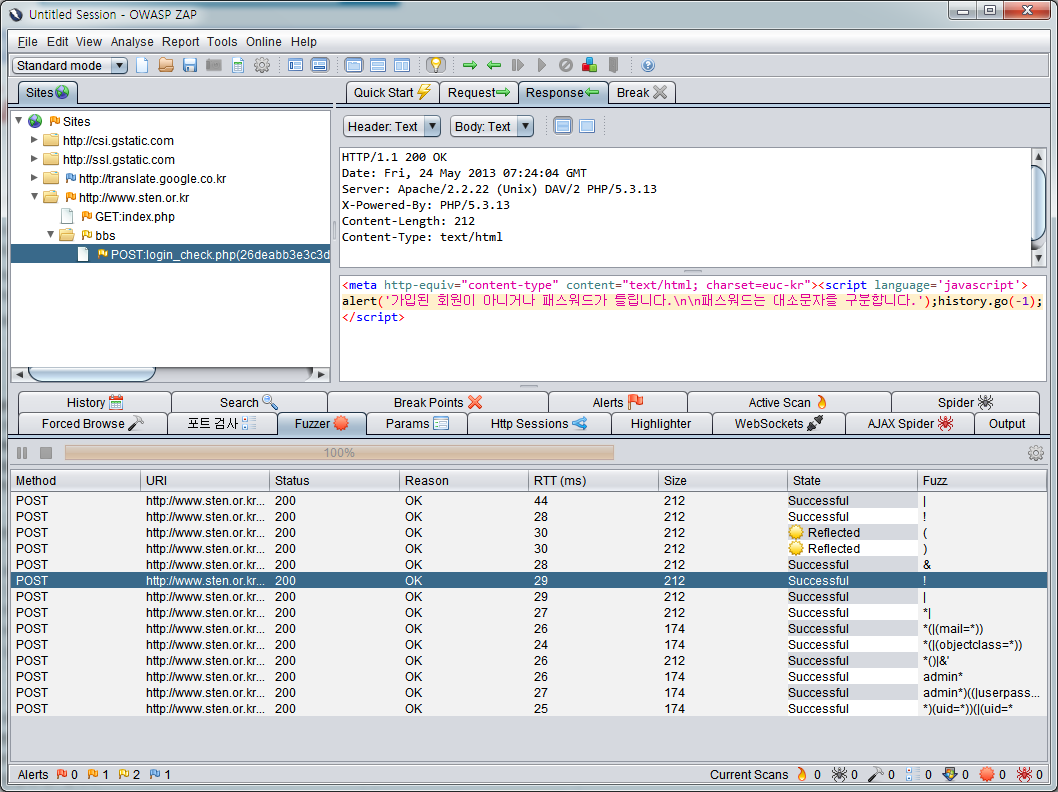

instance_identifier- The target Id that will appear in the Test Targets page of the Harness UI.quick(scanMode = active, scanType = standard, quickMode = true).attack(scanMode = active, scanType = attack).standard (scanMode = active, scanType = standard).product_config_name- Specify one of the following:.See Ingest scan results into an STO pipeline. This is useful for advanced workflows that address specific security needs. ingestionOnly - Run the scan in a Run step, or outside the pipeline, and then ingest the results.This is easier to set up and supports scans with default or predefined settings. orchestratedScan - A Security step in the pipeline runs the scan and ingests the results.STO supports the following scan policy types for ZAP: Security step configuration ( deprecated) Set up a ZAP scan in a Security step In the Advanced settings, you can use the following options: In the Additional Configuration settings, you can use the following options: The YAML definition looks like this: fail_on_severity : critical # | high | medium | low | info | none Additional Configuration If the scan finds any vulnerability with the specified severity level or higher, the pipeline fails automatically.

Fail on Severity Įvery Security step has a Fail on Severity setting. You can use this field to customize the scan with specific command-line arguments supported by that scanner. The minimum severity of the messages you want to include in your scan logs. Log Level, CLI flags, and Fail on Severity Log Level For example, you might specify the domain as and the path as /portal/us.

#ZED ATTACK PROXY FULL#
Path to append to the application instance domain, if you're splitting the full path between the Domain and Path settings. The TCP port used by the scanned app instance. You can include the full path to the app in this field, or split the full path between the Domain and the Path fields. Instance Domain ĭomain of the application instance to scan. Generally an Ingestion scan consists of a scan step (to generate the data file) and an ingestion step (to ingest the data file). The results data file to use when running an Ingestion scan. In this case, you can specify the workspace path as /harness/tmp/artifacts. For example, suppose the pipeline publishes artifacts to a subfolder /tmp/artifacts and you want to scan these artifacts only. You can override this if you want to scan only a subset of the workspace. The workspace path is /harness by default. The workspace path on the pod running the Security step.
.png)
Harness maintains a historical trend for each variant. This identifier is used to differentiate or group results for a target. Variant Īn identifier for a specific variant to scan, such as the branch name or image tag. Use a unique, descriptive name such as codebaseAlpha or jsmith/myalphaservice. The Identifier that you want to assign to the target you’re scanning in the pipeline. Quick - scanMode = active, scanType = standard, quickMode = true.Attack - scanMode = active, scanType = attack.Standard - scanMode = active, scanType = atandard.The following options are supported for Zap scans: All scan steps have at least one configuration. The predefined configuration to use for the scan. The Security step ingest results from a previous scan (for a scan run in an previous step) and then normallizes and compresses the results. Ingestion Ingestion scans are not orchestrated.A Security step in the Harness pipeline orchestrates a scan and then normalizes and compresses the results. Orchestrated A fully-orchestrated scan.The following list includes the UI and YAML values for the supported options. The orchestration mode to use for the scan.


 0 kommentar(er)
0 kommentar(er)
